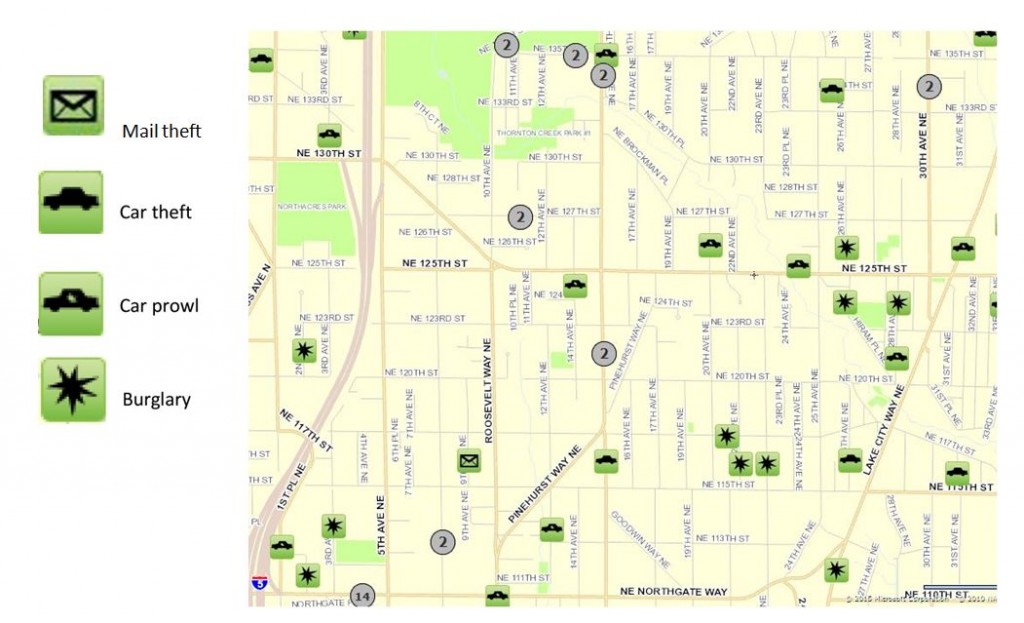This is the second of a three part series on personal safety for children. It’s put out by Seattle Police Department’s Crime Prevention section. Establishing a system of family rules about personal safety can be a good way to teach children to distinguish between safe and non-safe situations. Part 1 was a set of suggestions for ‘inside rules’. Part 2 is ‘outside rules’, and part 3 will be ‘bad guy rules’.
Outside rules –
- Establish a system of accountability. Learn the full names of your kids’ friends, their parents’ names, addresses and phone numbers. Check to verify the accuracy if you get the information from your kids. When your kid is at a friend’s home, who else is present? parents? older kids? other neighbors? no one?
- Know your child’s routes to and from school, play and errands. Insist they stick to the same route – no shortcuts! If you have to look for them, you will know where to begin.
- Kids should be taught never to go anywhere with anyone without parental permission. This includes getting permission a second time if plans change and calling to check before going from one friend’s home to another location.
- Kids should never play in isolated areas of parks or playgrounds, and should avoid public restrooms, building sites and dark or lonely streets.
- Teach kids alternatives; if they are bothered or followed on the playground, walking to friend’s home, school or store, where do they go? Walk these common routes with your child and look for choices. Can they go back into the school, into a store or business (kids are reluctant to enter a strange store or business unless you give them permission), into a fire station or approach someone doing yard work?
- Knocking on the door of a stranger is a last resort. If they have no other choice they should look for a house with a light on (at night) or toys in the yard if possible and ask the homeowner to ‘Please call the police; someone is bothering me,’ but not to go inside the house.
- Kids’ best defenses are their voices and their legs. Teach them to run away from someone who is bothering them while yelling to attract as much attention as is possible.
- Teach kids not to approach cars that stop to ask for help. Most legitimate adults would not ask a young child for directions anyway. If the car follows them or the driver gets out they should run away and yell.









